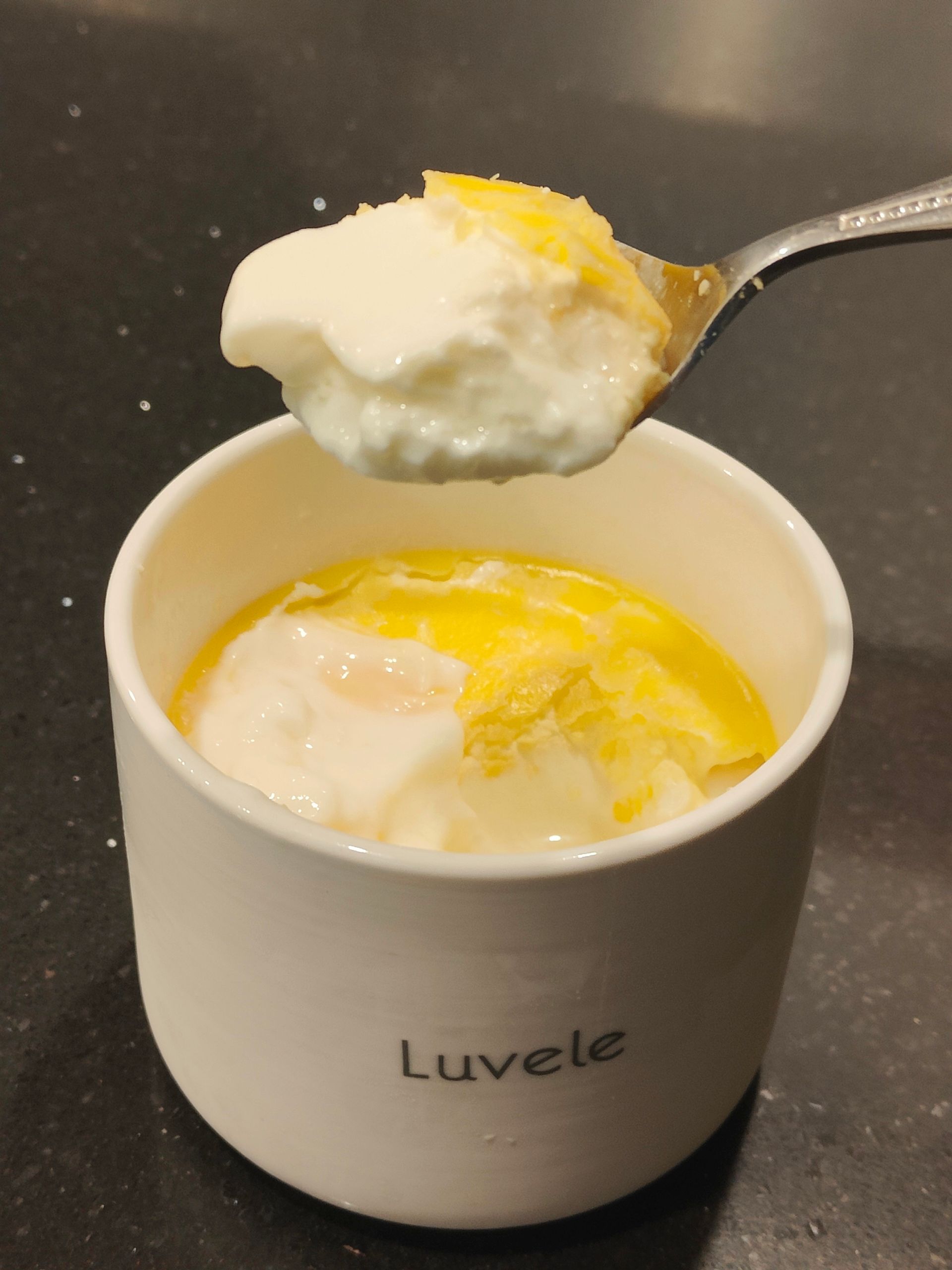By 100000986593
•
March 16, 2018
In this video I will discuss the anti-nutrients in nuts, seeds, grains, beans and lentils and show you how easy it is to neutralize them with some simple preparation you can do yourself at home. I have included the transcript below. The three most common anti-nutrients are lectins, phytic acid (also called Phytates) and enzyme inhibitors. Grains, beans and lentils contain all three. Nuts and seeds contain less phytic acid and more enzyme inhibitors. In 2008 I became much more aware of the dangers of eating grains and started recommending a grain free diet to all my patients rather than a gluten free diet. Grains are seeds of grass plants and this group includes wheat, spelt, khorasan, kamut rye, barley, oats, corn, rice, millet, sorghum, and teff. All grains contain complex molecules called lectins within the seed coat, lectins are actually a pesticide, and are there to protect the grain from being eaten. Lectins are difficult for us to break down or digest and can puncture holes in the cells that line the digestive tract leading to inflammation and damage, this can lead to food sensitivities, autoimmune disease, in fact any chronic disease. Gluten is a small fraction of the lectin and it is present in all grains although it will have slightly different structures in various grains. When foods containing corn, rice, millet or oats are labelled as gluten free this means they are free of a specific type of gluten called alpha gliadin, present in wheat, rye and barley. Studies have shown that 20% of Coeliacs will react to the form of gluten in corn called zein. Lectins are found in many plant species and the next most troublesome group are legumes, including beans, lentils and chickpeas. Nuts and seeds contain valuable minerals and fats and for people on a grain free diet they can be used to substitute flours in baking. Therefore they may be consuming more nuts and seeds than usual. The anti-nutrients in nuts and seeds of concern are phytic acid and enzyme inhibitors. The phytic acid will bind strongly to the minerals in nuts and seeds making them unavailable to us and will also bind to minerals that have been consumed in other foods, so eating a lot of foods with phytic acid may lead to mineral deficiencies. Enzyme inhibitors prevent all types of seeds from germinating prematurely; they will switch off when the growing conditions are favourable, with enough water and sunshine for germination to proceed. When we consume enzyme inhibitors they can bind to our digestive enzymes making them ineffective and reducing our ability to digest the food. Most people will be fine eating a small number of nuts for example but a large handful can lead to a sensation of fullness, bloating and other signs of indigestion. We can remove a good deal of these anti-nutrients by activating, sprouting and fermenting. All of these processes begin with soaking in water. To remove phytic acid the water should be acidic so we add some vinegar or lemon juice, the acidity will activate an enzyme called phytase that will break down the phytic acid. Because there is less phytic acid in nuts and seeds we add salt which helps reduce the enzyme inhibitors. I generally would recommend patients stay on a grain free diet but for some people we can allow the grains that are easier to digest. The process here is called sprouting and it takes about 24 hours. To sprout brown rice start by soaking the rice in water with some vinegar overnight, in the morning drain it into a colander and give it a good rinse. You can leave it resting in the colander until dinner time. Give it another rinse and cook it in plenty of water. This process will also change the structure of sugars and actually reduce the amount of available sugars while increasing the protein. Without this process cooked rice contains the equivalent of 10 teaspoons of sugar in one cup. These sugars are very difficult to digest and can disturb the balance of bowel flora leading to bloating. You can repeat the rinsing process for another day to increase protein and reduce the sugars a little more. While not technically grains, buckwheat and quinoa can be treated in the same way. Make sure you rinse the quinoa very well before soaking to remove the bitter saponins. Keep rinsing until there are no soap bubbles to be seen. If you like to have oats porridge, soak the oats overnight in filtered water, the next step is simply to cook them in the morning. All grains require cooking so never eat raw oats. The process of preparing nuts and seeds is called activating, they are soaked in water and then dehydrated. Most nuts and seeds will soak in salty water for 12 hours, almonds are best soaked for 24 hours and cashews should be limited to 3 to 6 hours or they will go slimy. You can use a dehydrator to dry them out but I like to dry my nuts and seeds in the sun in summer, I lay them out on a towel covered with a sheer fabric as I found seeds can stick to the towel, another sheer fabric goes over the top to keep them clean and hide them from the birds. In good warm weather seeds can take a few hours, nuts can take a day to a day and a half. In the cooler months I will place them on baking trays and put them in the oven. I keep the temperature at 50 to 70 degrees Celsius. Make sure your nuts are really dry and crisp before you store them. They should be kept cool, I like to keep mine in the fridge. Flaxseeds and chia seeds contain good amounts of soluble fibre which will support the healthy bowel flora and I recommend them to all my patients, especially those with sluggish bowels or constipation as the soluble fibre will also act as a gentle laxative. I often find patients have these seeds at home in their pantry but don’t know what to do with them. Here are a few ideas on how to add them to your breakfast. Chia seeds are soft shelled and don’t need to be ground but flaxseeds do as their shells are very hard and difficult to digest. Chia seeds can hold 9 times their weight in water so it is best to soak them in some water first to create a gel, they can then be added to smoothies or stirred into yoghurt. You can easily add more fibre to your diet by spreading the gel on toast or pancakes. Simply add coconut cream to the gel and you have chia pudding, you could add vanilla and some sweetening or even raw cacao. For an instant porridge add hot water to chia and ground flaxseed and stir until fluffy, I like to add tahina paste for texture. You can incorporate ground sunflower and pumpkin seeds for a smooth porridge or add these seeds whole for texture and crunch. Stir through stewed or chopped fresh fruit, add nuts, coconut and cinnamon if you like it. Ground flaxseed can be used as a flour to make high fibre cookies, muffins, crackers and breads. For simple pancakes with added fibre blend together a tablespoon of ground flaxseeds, buckwheat flour and tapioca flour with a little baking powder. Mix in an egg, you may need a little water. Top them with anything you like, avocado and smoked salmon, berries and coconut cream, or stewed fruit and yoghurt. You can add mashed banana or grated apple to the batter mix for a sweet pancake. Ground flaxseeds can be made as a tea which will act as a gentle laxative for constipated bowels. Grind 2 teaspoons of flaxseed, pour over 1 cup of boiling water and stir. Let it sit for 10 minutes to draw out the soluble fibre, you can add a T Bag to flavour it or stir in cocoa for a hot chocolate. This is so gentle you can strain it and add it to a bottle for a baby or give it to toddlers. Finally we will take a look at beans and lentils. These are extremely difficult to digest and take the most time to prepare. Essentially all you have to do is put the beans or lentils in a jar, add pure water, vinegar or lemon juice, then let sit overnight. The acid medium serves as a catalyst to initiate the culturing/fermenting process that enables phytase to be released. Use 1 tablespoon for every cup of water. Cover the jar with a cloth rather than a tight lid, or you can simply leave them in the colander. Let them sit for a 2 to 3 days, rinsing every 6 to 12 hours. They are ready to cook when they have grown a root fibre at least 5 mm in length. They can be dried off and stored in a container in the fridge for a few days or cooked and frozen. You can use a seed sprouter to grow sprouts that you can add to salads. The basic technique is the same, start by soaking overnight, rinse then transfer to your sprouter. You can sprout broccoli, mustard, alfalfa, kale, or sunflower seeds, mung beans, lentils and more. Keep rinsing 2 or 3 times a day until you get a root fibre, a stem and two leaves. Now you know how easy it is to activate and sprout these whole foods you can really improve your diet for better health.








